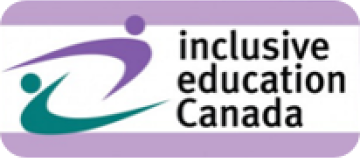What is Inclusive Education?
Inclusive education ensures that all students are welcomed into their local schools and age-appropriate classrooms, where they receive the support needed to learn, contribute, and participate fully in academics and social life. It focuses on designing schools, classrooms, and activities to embrace diversity, ensuring every student succeeds. Removing barriers fosters respect, acceptance, and meaningful engagement, providing tools and strategies for all learners to thrive together. In inclusive common learning environments—classrooms, libraries, playgrounds, and communities—students of diverse abilities and backgrounds learn side-by-side. The goal is a shared learning experience where differences are valued and inclusion is the standard, not isolation.

Why inclusive education?
Schools reflect and have an impact on the communities they serve. Inclusive schools are not just about placing students with diverse needs, including disabilities, into classrooms. It is about creating opportunities for all students to learn from one another as they build a community that values diversity, cooperation, and mutual respect.
Research shows inclusive classrooms improve learning by teaching diversity, empathy, and collaboration, preparing students for a diverse, interconnected community. In contrast, segregated models create barriers, isolating students and limiting relationships, shared experiences, and growth.
While Canada is seen as a global leader in inclusive education, progress remains uneven. Outdated segregated models persist, leaving many students with diverse needs, including those with intellectual disabilities, excluded from learning in a “common learning environment” with their peers. Inclusion requires restructured schools with appropriate support to students and their teachers to ensure all students can participate fully.


